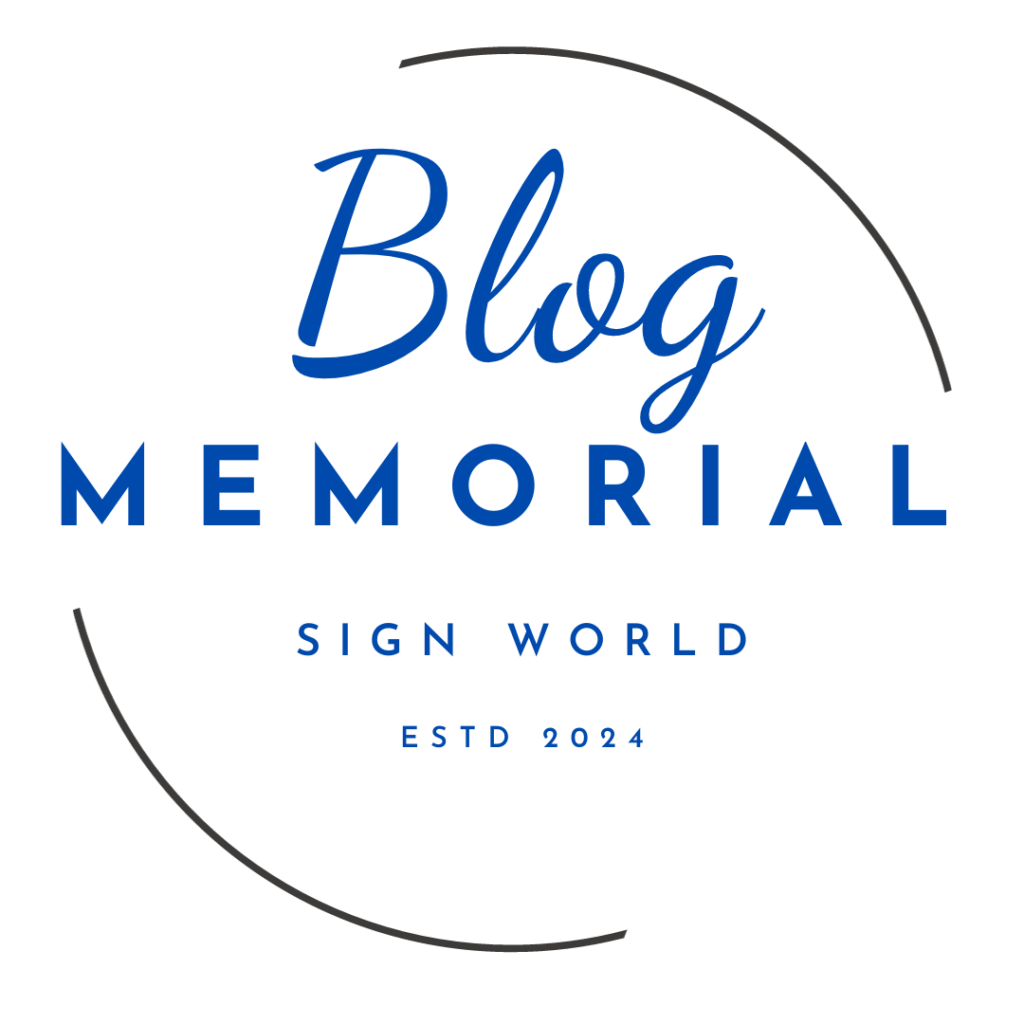Gallbladder stones, also known as gallstones, are hardened deposits that form in the gallbladder. These stones can range in size and composition, and they can cause a variety of symptoms and complications. In this blog post, we will explore the signs of gallbladder stones, how they are diagnosed, and the available treatment options. If you suspect you may have gallstones or are interested in learning more about this condition, keep reading.
See More Chicken Coop Sign
1. Understanding Gallbladder Stones
The gallbladder is a small organ located beneath the liver, and its primary function is to store bile produced by the liver. Bile helps with the digestion and absorption of fats. However, when the balance of substances within the bile is disrupted, gallstones can form. These stones can be as small as a grain of sand or as large as a golf ball. They can be made up of cholesterol, bilirubin, or a combination of both.
2. Common Signs and Symptoms
Gallbladder stones often don’t cause any symptoms and may be discovered incidentally during medical imaging tests for other conditions. However, when symptoms do occur, they can range from mild to severe. Here are some of the common signs and symptoms associated with gallbladder stones:
See more Product at Memorial Sign World
-
Abdominal Pain. The most common symptom of gallstones is sudden and intense pain in the upper right side of the abdomen. This pain, also known as biliary colic, typically occurs after a fatty meal and may last for several hours.
-
Back Pain. The pain caused by gallstones can radiate to the back or between the shoulder blades.
See More Memorial Sign World Articles: -
Nausea and Vomiting. Some individuals with gallstones may experience nausea and vomiting, especially after eating fatty or greasy foods.
-
Indigestion. Gallstones can disrupt the normal flow of bile, leading to indigestion, bloating, and gas.
-
Jaundice. In certain cases, gallstones can block the bile ducts, leading to a yellowing of the skin and eyes, known as jaundice.
-
Fever and Chills. If a gallstone causes inflammation or infection in the gallbladder or bile ducts, fever and chills may occur.
It is important to note that these symptoms can also be indicative of other conditions, so it is crucial to consult a healthcare professional for an accurate diagnosis.
3. Risk Factors for Gallbladder Stones
While anyone can develop gallstones, certain factors can increase your risk. Understanding these risk factors can help you take preventive measures. Here are some common risk factors associated with gallbladder stones:
-
Age and Gender. Gallstones are more common in older individuals and women.
-
Obesity. Being overweight or obese increases the risk of developing gallstones.
-
Rapid Weight Loss. Losing weight quickly, whether through dieting or surgery, can increase the risk of developing gallstones.
-
Family History. Having a close family member with gallstones increases your likelihood of developing them as well.
-
Certain Health Conditions. Conditions such as diabetes, liver disease, and Crohn’s disease can increase the risk of gallstones.
-
Pregnancy. Hormonal changes during pregnancy can increase the risk of developing gallstones.
It is important to note that while these factors increase the risk, many individuals without any risk factors can still develop gallbladder stones.
4. Diagnosing Gallbladder Stones
If you experience symptoms that may suggest gallbladder stones, it is essential to consult a healthcare professional for an accurate diagnosis. To diagnose gallstones, your doctor may recommend the following:
-
Medical History and Physical Examination. Your doctor will inquire about your symptoms and perform a physical examination to assess your abdomen for tenderness or swelling.
-
Ultrasound. An ultrasound examination uses sound waves to create images of your gallbladder. This non-invasive test is commonly used to identify gallstones.
-
Blood Tests. Blood tests may be conducted to check for signs of infection, liver function, and levels of bilirubin.
-
CT Scan or MRI. In some cases, a CT scan or MRI may be ordered for a more detailed evaluation of your gallbladder and surrounding structures.
5. Treatment Options
The treatment for gallbladder stones depends on various factors such as the severity of symptoms, size and number of stones, and overall health. Here are some common treatment options:
-
Watchful Waiting. If you have asymptomatic gallstones or mild symptoms that do not significantly impact your quality of life, your doctor may recommend monitoring the condition without immediate intervention.
-
Medications. Certain medications can be prescribed to dissolve cholesterol-based gallstones over time. However, this treatment option is usually reserved for individuals who cannot undergo surgery.
-
Surgical Removal. The most common treatment for symptomatic gallstones is surgical removal of the gallbladder (cholecystectomy). This procedure can be performed laparoscopically or through open surgery.
-
Endoscopic Procedures. In some cases, endoscopic procedures such as ERCP (endoscopic retrograde cholangiopancreatography) or ESWL (extracorporeal shock wave lithotripsy) may be performed to remove or break down gallstones.
-
Preventive Measures. After treatment or if you have asymptomatic gallstones, adopting a healthy lifestyle with a balanced diet low in fat and high in fiber can help prevent further stone formation.
Conclusion
Gallbladder stones can cause significant discomfort and lead to complications if left untreated. Recognizing the signs and symptoms associated with gallstones is crucial for early detection and appropriate management. If you experience any of the mentioned symptoms or are concerned about your risk factors, consult a healthcare professional for an accurate diagnosis and personalized treatment plan. Remember that early intervention is key to preventing complications and improving your overall quality of life.
#memorialsignworld, #memorialsignworldstore,#MetalMonogramSigns, #PetMemorialCanvas, #ChickenCoopSign/

